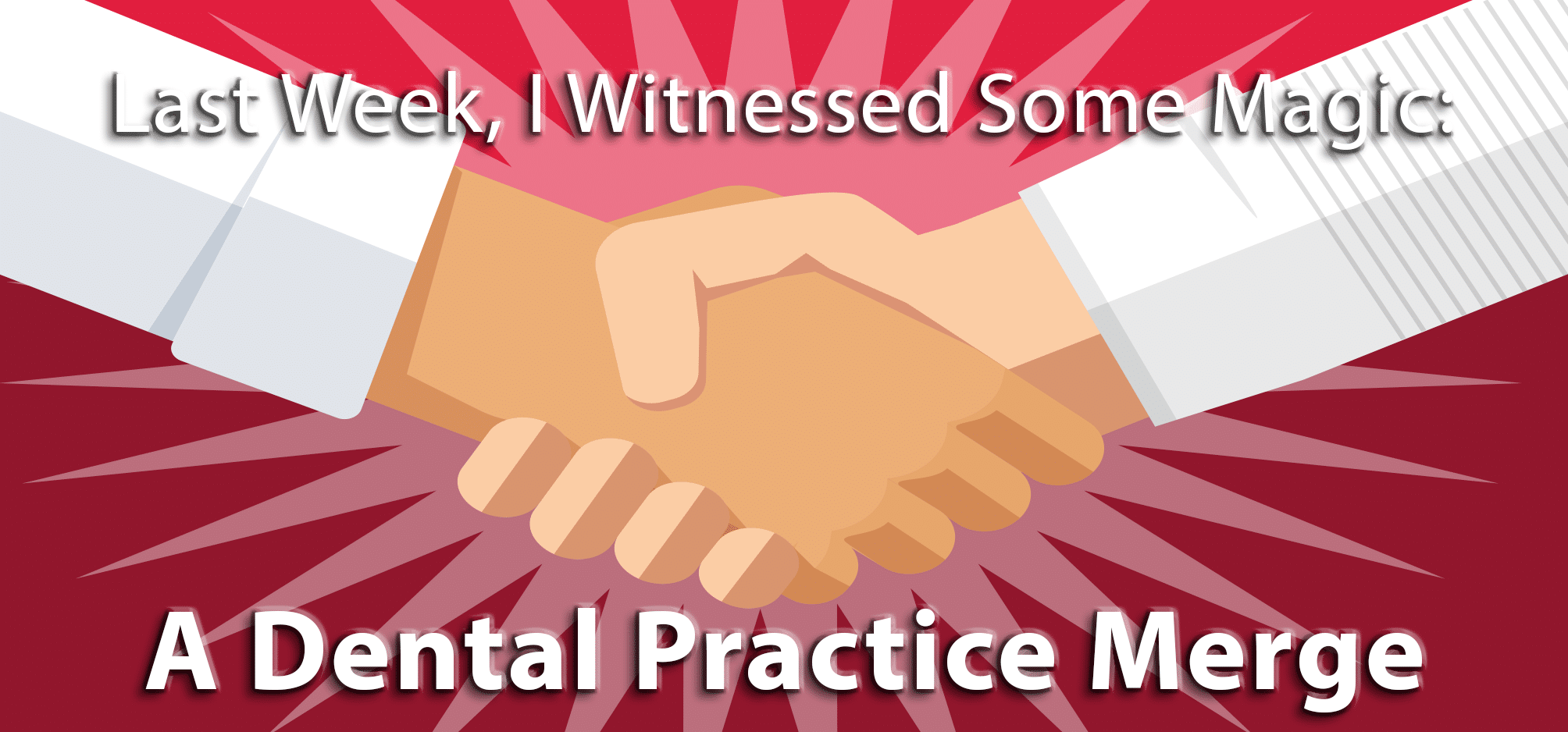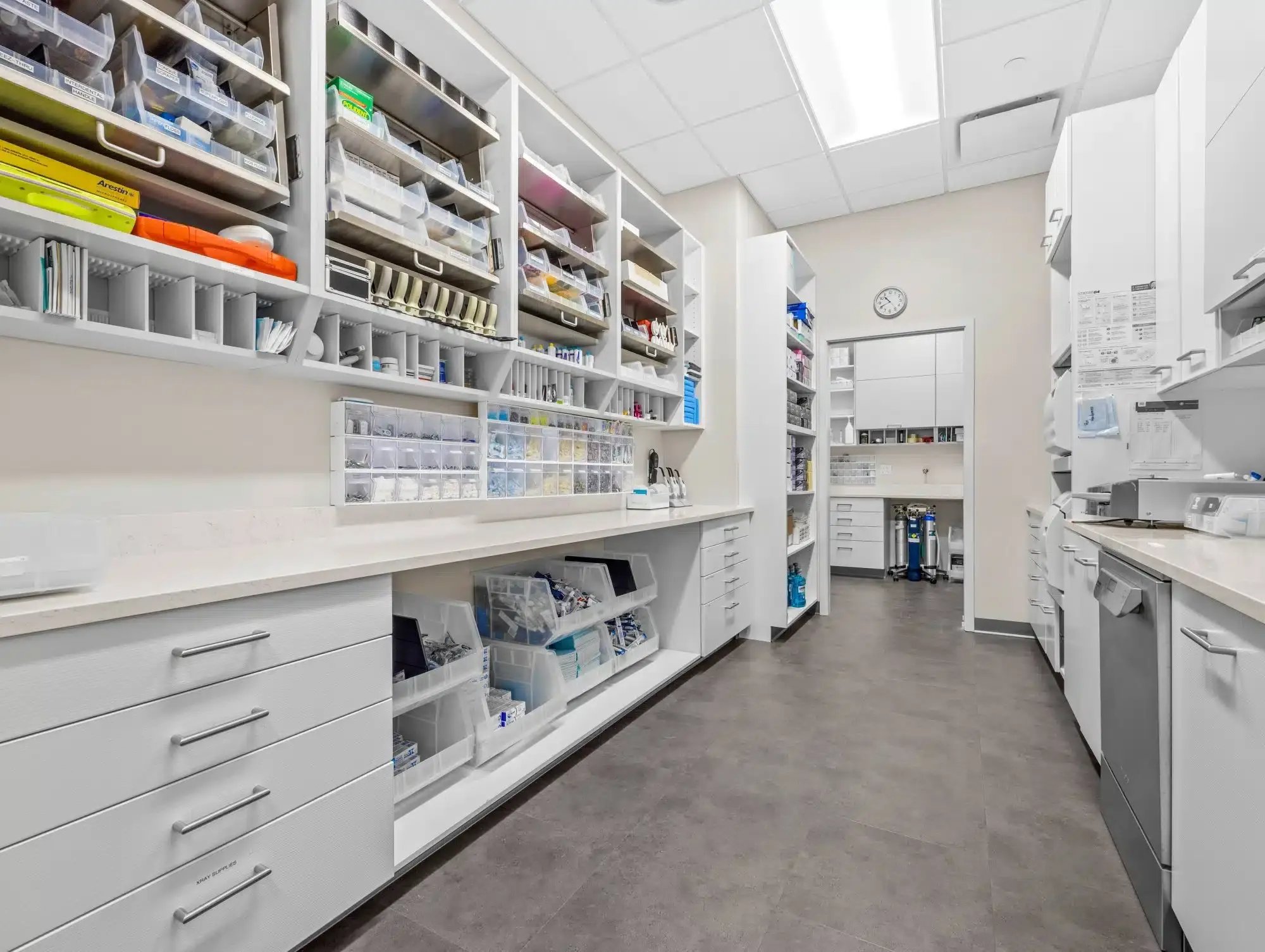The MUDA Effect: Why Waste Is Holding You Back
December 3rd, 2019
3 min. read
If I asked the vast majority of you how you handle waste in your dental office, I might hear, “throw it away”, “pitch it”, or “flush it”, right? No, this isn’t a “please recycle” blog, although hmm, that sounds like a good topic. I’m talking about the Japanese manufacturing term “muda” - production waste. If you think by waste I am only referring to garbage, you’re about to learn a little something; muda covers a lot more than simple trash. “Huh?” Let me explain.
Whether you want to admit it or not, dentists are manufacturers. To manufacture means to turn raw materials into a finished product by hand or by machinery. That sounds a lot like what we do in dentistry. If “Muda” is present in your dental practice, then you have barriers preventing you from getting to the next level.

Taiichi Ohno, Inventor of the Toyota Production System
“What Is Waste?”
Waste, in lean terms, is any step or process that does not add value to the customer. In other words, waste is any process the customer is not willing to pay for. Lean thinking aims to remove waste from work processes. Between 1948-1975,Taiichi Ohno, Chief Engineer at Toyota, identified 7 wastes as part of the Toyota Production System (TPS). He referred to these 7 wastes collectively as muda. It wasn’t until this system was introduced to the western world, an 8th type of waste was added.
The 8 Types Of Waste Defined In Lean Terms
- Defects - Information, products and services that are inaccurate or incomplete.
- Overproduction - Making more of something, making it earlier or faster than it’s needed.
- Waiting - Waiting for information, equipment, materials, parts or people.
- Non-utilized talent - not properly utilizing people’s experience, skills, knowledge or creativity.
- Transportation - unnecessary movement of materials, information or equipment.
- Inventory - accumulation of parts, information, applications beyond what is required by the customer.
- Motion - any movement of people that is not of value to the customer.
- Extra-processing - any steps that do not add value in the eyes of the customer.
“Okay, know it all, what does this have to do with my dental practice?”
“I’m glad you asked!” It’s not easy to recognize waste until it is brought to your attention. You may not even know what to look for. Waste is often overlooked due to well, being too busy, which is precisely why this blog is particularly important.
Let’s break it down in an acronym that’s easy to remember and hard to forget!
D-O-W-N-T-I-M-E
D = Defects - broken instruments, redo x-rays, retaking impressions.
O = Overproduction - Pre-making hygiene bags; setting up trays; printing 100 post op instructions.
W = Waiting - Do I really need to explain this one? OK, maybe I do. Because it’s not just about waiting for the next patient to be brought in; it’s waiting for hygiene checks; it’s waiting as your dental assistant needs to get up and go get that missing bur from your bur block; it’s waiting for impression material set up.
N = Non-utilized people - I love this one because I see so many practices with a sterile tech. Due to over-production and extra-processing, doctors need to hire additional staff members. Every employee adds value in a lean culture. I worked with a large private practice in Jackson, Mississippi, a couple of years ago. 12, out of 50 employees, had only been there a week. I asked if anyone understood what turning inventory meant. A young girl, who had only been employed at the practice two days, was the only one to raise her hand. She said she had previously worked in the dairy department of Walmart. It was her job (at Walmart) to rotate dairy products. This girl, not in dentistry 2 days, just became a lead in understanding how to turn over inventory. Her expertise was invaluable during this portion of the training.
T = Transportation - Think endo. Where is all your endo stuff? Where do you have to go to get it? How far does your staff have to walk to process instruments. If, GOD FORBID, your staff has to get up and go get, where do they have to go? Transportation waste has much to do with the design of your practice. Think about how many steps it takes to go from one place to another.
I = Inventory - Bulk is NOT better. How many times does one have to get up and go get? How much inventory is kept in ops? How much inventory is kept central - and how is it kept? How is it controlled?
M = Motion - Wasted motion is reaching for instruments and materials, walking to go get, searching for materials, sorting through files, etc. Dentistry is a back breaking, pain in the neck, but it doesn’t have to be.
E = Extra-processing - We talked about over-producing; some of these waste go hand in hand. Over processing waste can be viewed as whole processes. What about room turnover? How much of this process is waste?
Lean thinking is a culture that exists in many of the world’s most profitable businesses, not just Toyota. A lean culture is not the science; ergonomics is. Improving the ergonomics in your dental practice ultimately opens up more opportunities to eliminate waste (muda) and add value to your patient’s experience.
With over three decades of expertise in cosmetic and restorative dentistry, Dr. David Ahearn is a nationally recognized leader, educator, and innovator. His passion for cutting-edge technology and exceptional patient care is the driving force behind everything we do. As the founder of Design Ergonomics and Ergonomic Products, Dr. Ahearn has dedicated his career to designing, equipping, and training North America's most efficient and productive dental offices. His proven strategies help hundreds of practices reduce stress, boost productivity, and build sustainable, scalable growth each year. A speaker and educator, Dr. Ahearn continues to shape the future of dentistry, empowering thousands of dentists to transform their practices, improve the quality of life for their teams and families, and deliver outstanding care to their communities.
Topics:

%20(648%20x%20324%20px)-1.png?width=648&height=324&name=cost%20pyramid%20featured%20image%20(3.125%20x%201.823%20in)%20(648%20x%20324%20px)-1.png)















